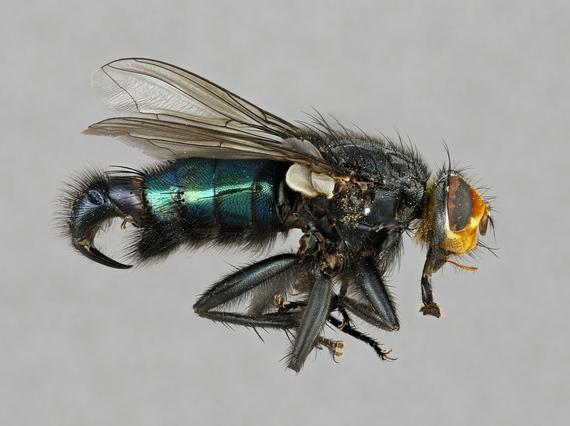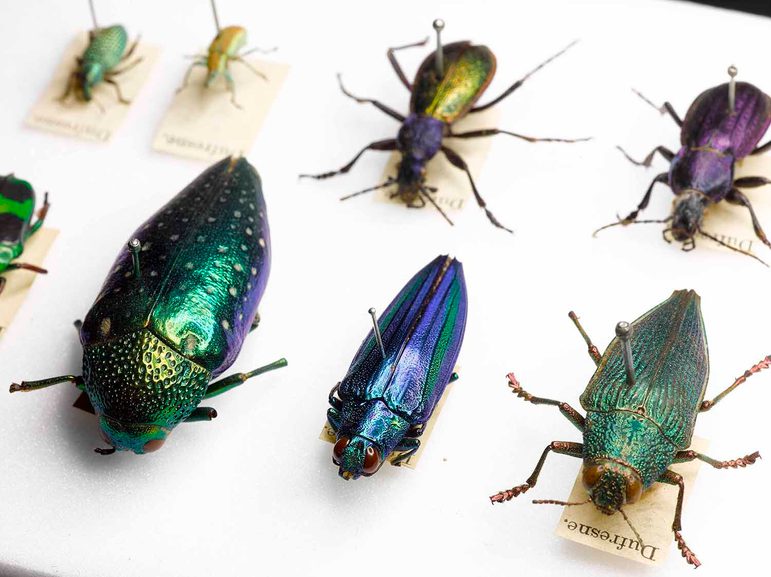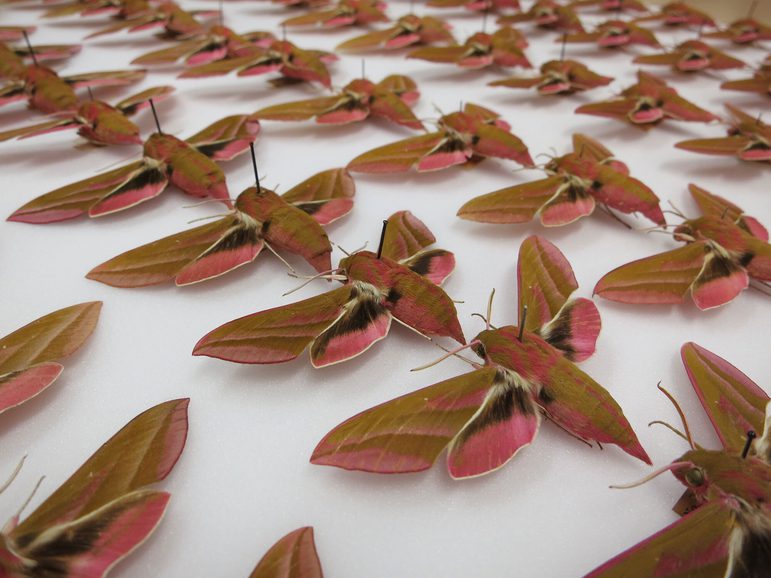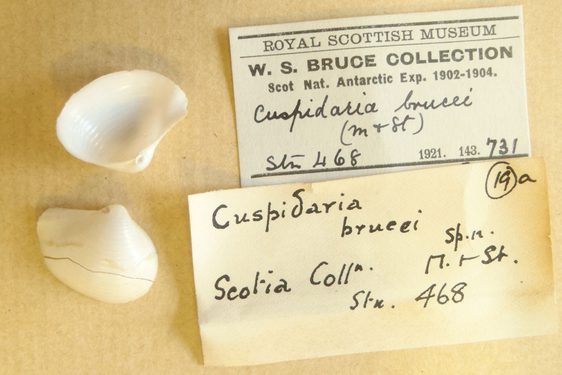
Entomology
Our extensive Entomological collection contains two million specimens from all over the world.
The Entomology collection is more than 200 years old and particularly rich in Scottish material. Other strengths of the collection are British moths and flies, parasitic wasps, dragonflies and damselflies around the world. One of our key objectives is ensuring the collection continues to be a centre for research and information about Scottish insects.
Other objectives are maintaining and enhancing resources for identification, act as a depository for vouchers, i.e. preserving material from research projects to enable future workers to verify what species were involved, and conduct taxonomic research in our areas of expertise.

Mobilising collection data is also a significant activity. The data associated with individual specimens is of great value for environmental research and we work with a wide range of people and organisations to extract and digitise these data, particularly in projects for biodiversity and conservation.
With the aim of inspiring and motivating work on insects, we also provide experience and training in entomology and collection related subjects through a range of educational schemes and opportunities. We also use the collection to communicate the importance of insects to the wider public.

